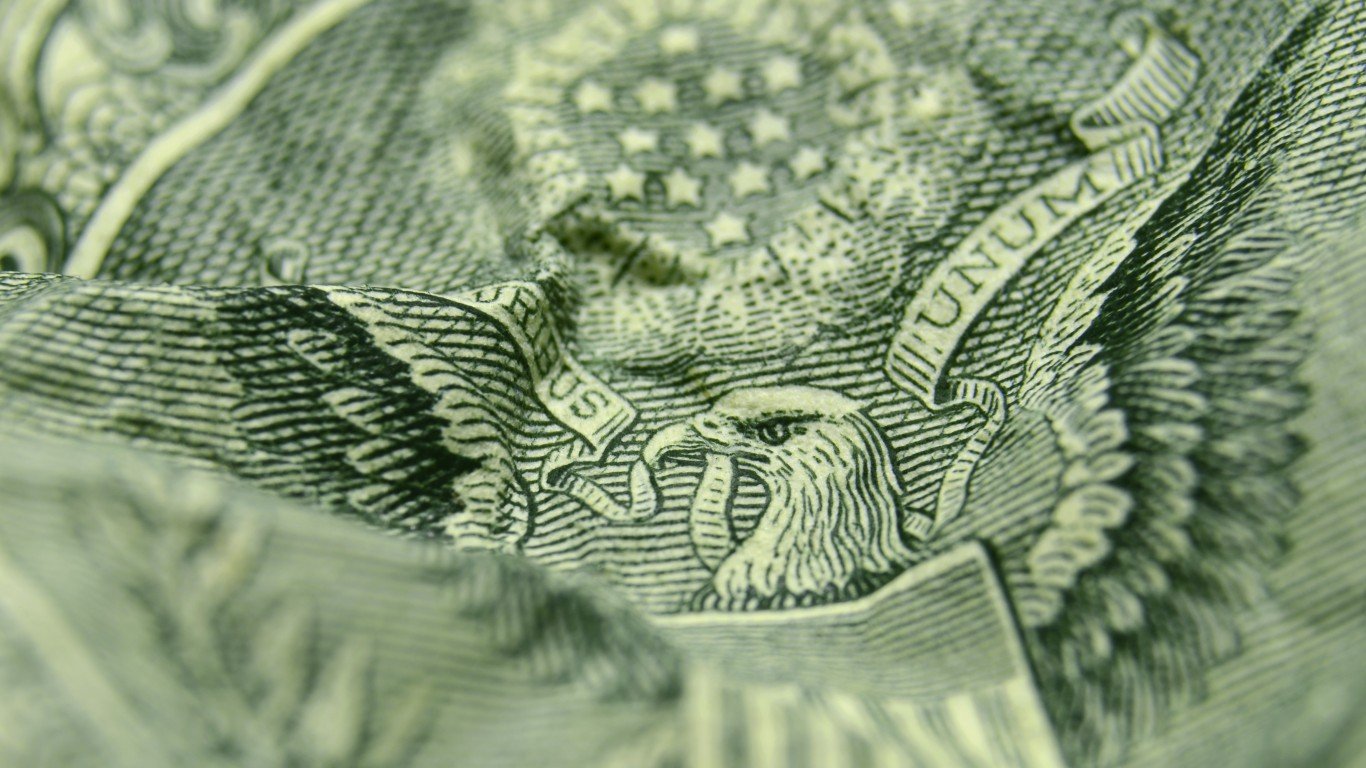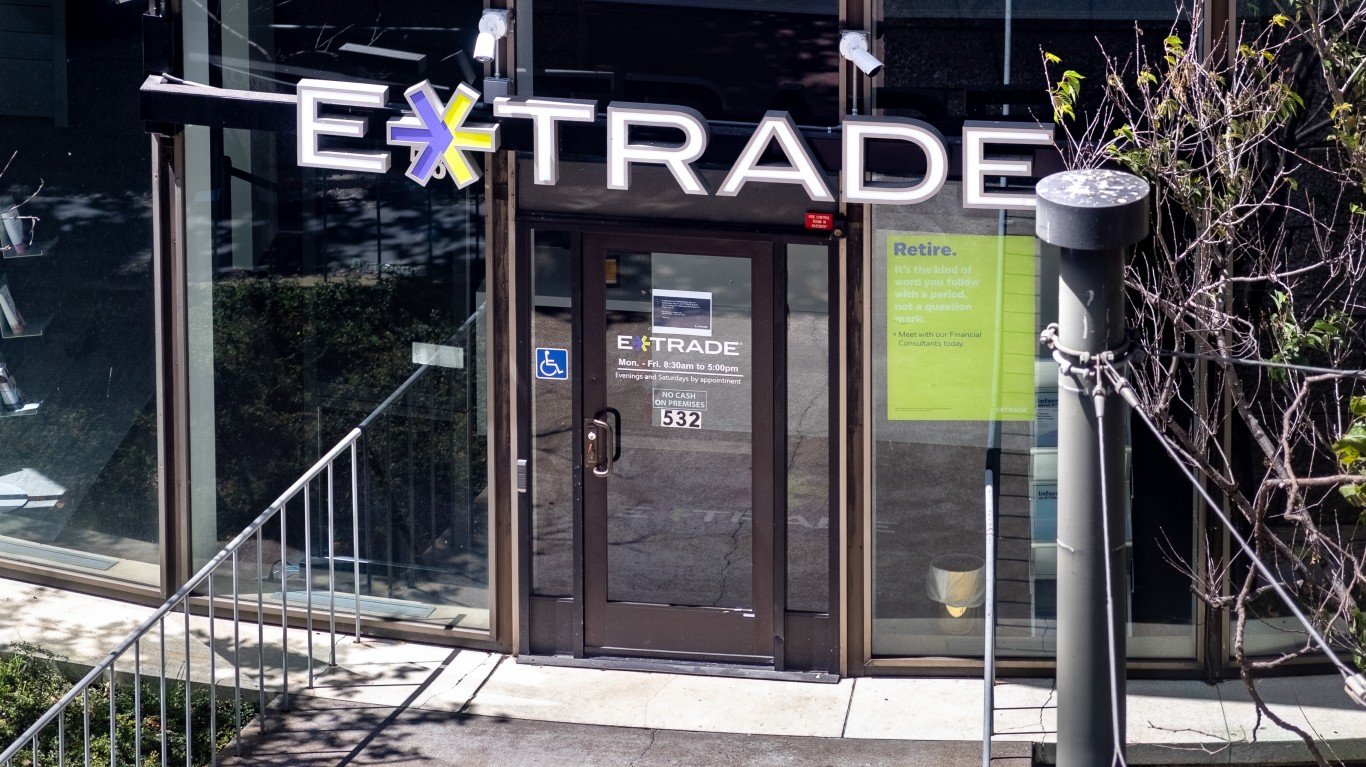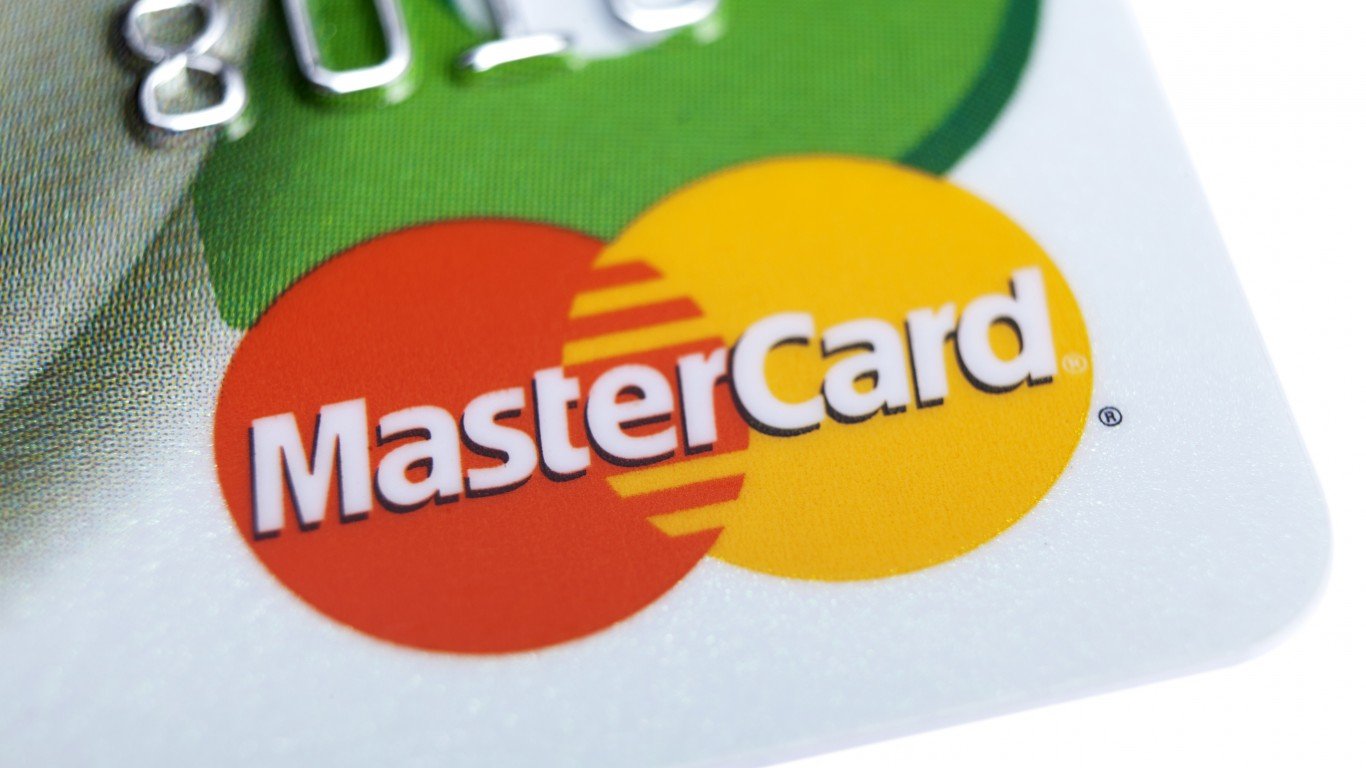

If it weren’t for the downtrodden energy sector, the financial stocks included in the S&P 500 index would be the worst-performing sector over the past year. Financial sector stocks are down more than 14% (energy sector stocks are down more than 40%), and the damage has been greater since the beginning of 2020, with financial stocks down nearly 21%.
Generally speaking, going fishing for the keepers is a dicey business and a guide can often be a big help. One such guide is the Conviction Buy List assembled by analysts at Goldman Sachs, comprising the firm’s top ideas in mid-cap to large-cap companies.
A word of caution, however. It’s not a good idea for investors to use just one firm’s research as the sole indicator to buy or sell a stock. There are always other firms issuing coverage that agrees or disagrees with a rating. It turns out that analysts can be wrong on their investment calls, just like investors can be wrong in their decisions.
That said, here’s a look at nine financial sector stocks that Goldman Sachs recently added to its Conviction Buy list. We’ve included a bit of color about each company and looked at what both Goldman and the analyst consensus expect from the stock.
Goldman Sachs has conferred its Conviction Buy rating on five bank stocks and four financial services companies.
Bank of America Corp. (NYSE: BAC) is one of the country’s largest banks, with a market cap of more than $210 billion. Like its competitors, the bank continues to suffer from low interest rates and for the need to build up reserves against credit losses due to the COVID-19 pandemic. The good news for investors is that the company performed well on the Federal Reserve’s recent stress tests and, while the dividend is safe for this quarter, the Fed will be reviewing that payment in the weeks to come. Goldman has a price target of $28 on the stock.
BofA stock closed at $24.37 on Friday, in a 52-week range of $17.95 to $35.72. The consensus price target on the stock is $28.57, implying a potential upside of 17.2% for the stock, which currently is trading nearly 32% below its 52-week high. The stock trades at about 13.5 times expected 2021 earnings and pays a dividend yield of 2.93%.
Capital One Financial Corp. (NYSE: COF) reported a second-quarter net loss of $2.21 a share earlier this week, as it added $4.2 billion to its provision for credit losses. Even though the bank met its capital requirements under the Fed stress tests, Capital One expects to cut its quarterly dividend payment from $0.40 per share to $0.10 per share in the third quarter. Goldman’s price target on the stock is $87.
This bank’s stock ended Friday at $65.03, in a 52-week range of $38.00 to $107.59. The consensus price target is $78.38, implying a potential upside of 20.5%. It currently trades nearly 40% below its 52-week high, and at about 11.0 times expected 2021 earnings. Capital One pays a dividend yield of 2.45% ($0.40 per share quarterly).
Citigroup Inc. (NYSE: C) is the nation’s fourth-largest bank, with a market cap of more than $107 billion. The highlights of the bank’s second-quarter results were a 48% increase in its institutional trading business and a 68% jump in fixed-income trading revenue. Citi also has set aside some $7.8 billion as a provision against loan losses as a result of the coronavirus outbreak. Goldman’s price target on the stock is $59.
Citigroup’s stock closed at $51.67 on Friday, in a 52-week range of $32.00 to $83.11. The consensus price target of $69.46 implies a potential upside of more than 34% for the stock, which currently trades about 38% below its 52-week high. Shares trade at about 11.6 times expected 2021 earnings and pay a dividend yield of 3.92%.
Citizens Financial Group Inc. (NYSE: CFG), unlike its larger rivals, depends on lending and mortgage banking fees to generate revenues and profits. The bank has set aside $464 million as a provision against credit losses. Goldman’s price target on the stock is $32.
Citizen Financial’s shares closed at $25.59 on Friday, in a 52-week range of $14.12 to $41.29. The consensus price target is $29.67. That implies a potential upside of almost 16% for the stock, currently trading about 38% below its 52-week high. Shares trade at about 11.5 times expected 2021 earnings and pay a dividend yield of 5.99%.
Fiserv Inc. (NASDAQ: FISV) is a financial services company that does business in two segments. The First Data segment offers a range of business services and the payments and industry products segment focuses on billing and payment services. The company is expected to report second-quarter earnings per share (EPS) of $0.93 and revenue of $3.32 billion on August 5. Goldman has a $125 price target on the company’s stock.
Fiserv’s stock closed at $100.63 on Friday, and it has a 52-week range of $73.50 to $125.05. The consensus price target is $122.45, implying a potential upside of more than 21% for the stock. It currently trades about 19.5% below its 52-week high and at nearly 23 times expected 2021 earnings. Fiserv does not pay a dividend. Its shares have gained about 6% in the past 12 months.
IntercontinentalExchange Inc. (NYSE: ICE) offers central clearing services for the futures and over-the-counter markets. Its primary products include agriculture, financial and energy contracts, as well as credit default swaps. The company recently completed its acquisition of the NYSE Euronext exchange. ICE is scheduled to report second-quarter EPS next week of $1.04 and revenue of $1.39 billion. Goldman has a price target of $110 on the stock.
IntercontinentalExchange’s stock closed at $96.38 on Friday, in a 52-week range of $63.51 to $101.93. The consensus price target is $105.88, implying a potential upside of nearly 10% for the stock, currently trading about 5.4% below its 52-week high. Shares trade at about 23 times expected 2021 earnings. ICE pays a dividend yield of 1.25%.
Mastercard Inc. (NYSE: MA) is the country’s second-largest credit card issuer with a market cap of more than $308 billion. The company is scheduled to report second-quarter results next week. Analysts expect EPS of $1.17 and revenue totaling $3.25 billion. Goldman’s price target on the stock is $364.
Mastercard shares closed Friday at $307.03, with a 52-week range of $199.99 to $347.25. The $330.38 consensus price target implies a potential upside of 7.6% for the stock, which currently trades about 11.6% below its 52-week high. Shares trade at nearly 38 times expected 2021 earnings. The company pays a dividend yield of 0.52%.
PayPal Holdings Inc. (NASDAQ: PYPL) is, perhaps, the best known of the digital payments companies and probably less well known as the platform upon which the popular Venmo app is built. Both Mastercard and Visa have spent billions to acquire firms that offer platforms to compete with PayPal. When the company reports results next week, analysts are expecting to see EPS of $0.88 and revenue of $4.98 billion. Goldman has a price target of $205 on the stock.
Paypal’s stock closed at $172.56 on Friday in a 52-week range of $82.07 to $183.99. The consensus price target is $183.28, implying a potential upside of 6.2% for the stock. It is currently trading at about 6% below its 52-week high. Shares also trade at nearly 44 times expected 2021 earnings. The company does not pay a dividend.
Regions Financial Corp. (NYSE: RF) recently announced a surprise quarterly loss of $0.23 a share, even though the bank posted higher than expected revenue of $1.54 billion. The bank added $700 million to its credit loss provision. Noninterest income rose 18% year over year and net interest income rose by 5%. Mortgage income drove revenue growth in the quarter, rising by 21%. Goldman has a price target of $13.50 on the stock
The stock closed at $10.91 on Friday in a 52-week range of $6.94 to $17.54. The $12.51 consensus price target implies a potential upside of 14.7%. The stock currently trades at about 38% below its 52-week high and at more than 10 times expected 2021 earnings. The bank’s dividend yield is 5.62%.
Smart Investors Are Quietly Loading Up on These “Dividend Legends” (Sponsored)
If you want your portfolio to pay you cash like clockwork, it’s time to stop blindly following conventional wisdom like relying on Dividend Aristocrats. There’s a better option, and we want to show you. We’re offering a brand-new report on 2 stocks we believe offer the rare combination of a high dividend yield and significant stock appreciation upside. If you’re tired of feeling one step behind in this market, this free report is a must-read for you.
Click here to download your FREE copy of “2 Dividend Legends to Hold Forever” and start improving your portfolio today.
Thank you for reading! Have some feedback for us?
Contact the 24/7 Wall St. editorial team.


